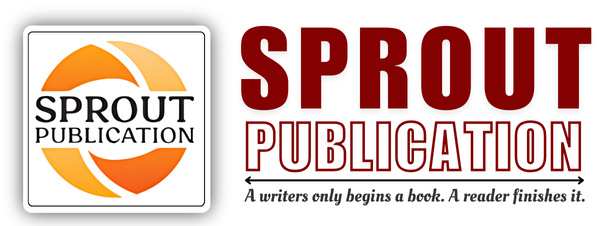Chapter 15: Immunoassays (IA)-II
Chapter 15: Immunoassays (IA)-II
Author: Mrs. Kiran Shukla
Volume: 01
First Online: 31 August 2024
Pages: 279-301
DOI:
Abstract
Immunoassays (IA) are powerful analytical techniques widely used in clinical diagnostics and research for detecting and quantifying specific biomolecules. One critical aspect of immunoassays is the separation of unbound drug or antigen from the bound complexes, which is essential to ensure accurate measurements. This separation can be achieved through various methods, including solid-phase separation, centrifugation, and filtration. Quantification in immunoassays typically involves labeling antibodies or antigens with detectable markers such as enzymes, fluorophores, or radioisotopes. These markers produce a measurable signal proportional to the concentration of the target molecule. Applications of immunoassays are extensive and include hormone level monitoring, infectious disease diagnosis, therapeutic drug monitoring, and detecting biomarkers for cancer and other chronic diseases. In addition to clinical diagnostics, immunoassays play a crucial role in environmental monitoring, food safety testing, and pharmaceutical research. The versatility and sensitivity of immunoassays make them indispensable tools for ensuring public health and advancing medical research. As technology advances, new immunoassay formats and detection methods continue to emerge, enhancing their specificity, sensitivity, and ease of use. Overall, immunoassays are integral to modern analytical science, providing vital information across various fields.
Keywords: Immunoassays (IA), Analytical techniques, Clinical diagnostics, Research applications, Biomolecule detection, Separation methods

